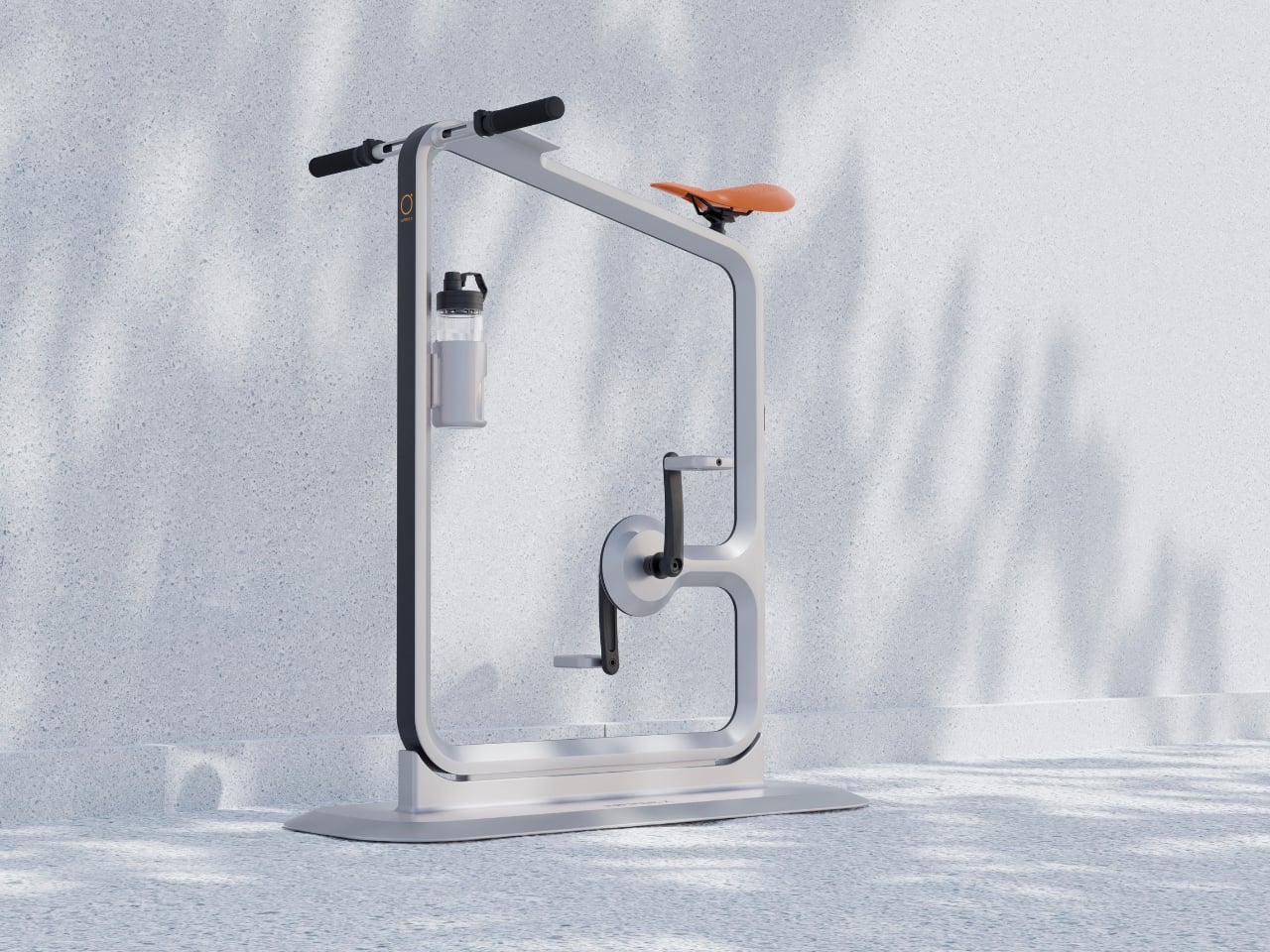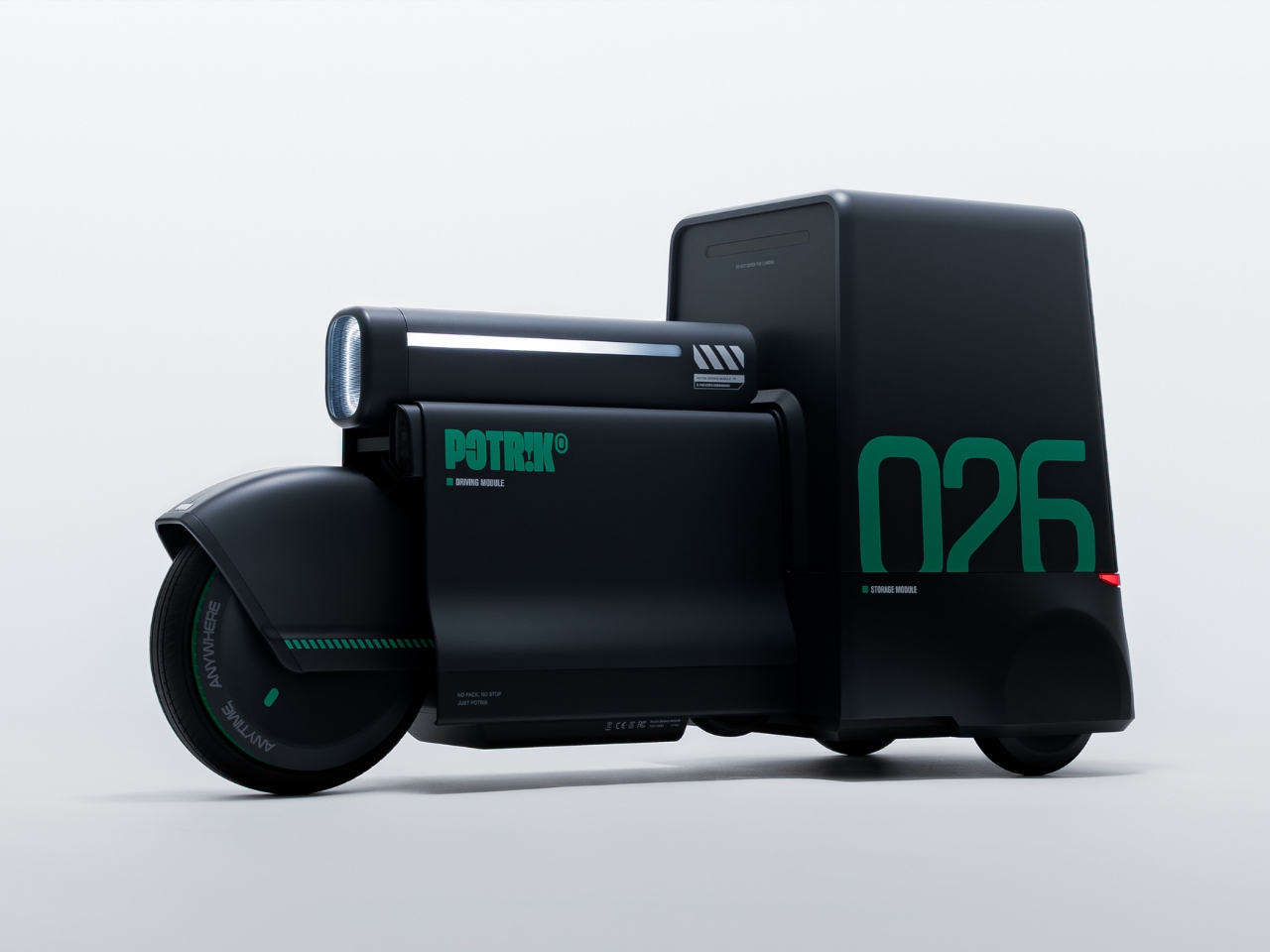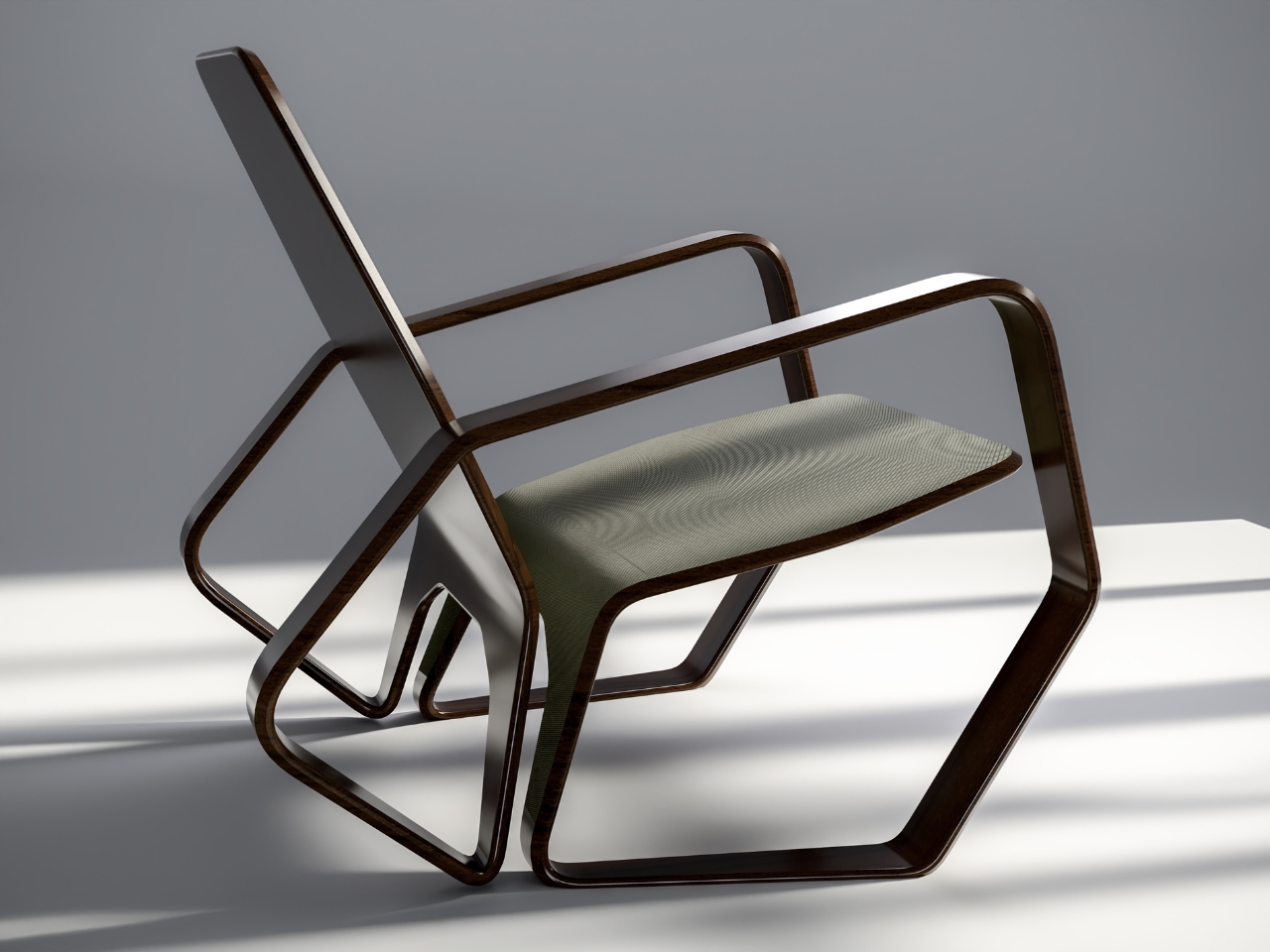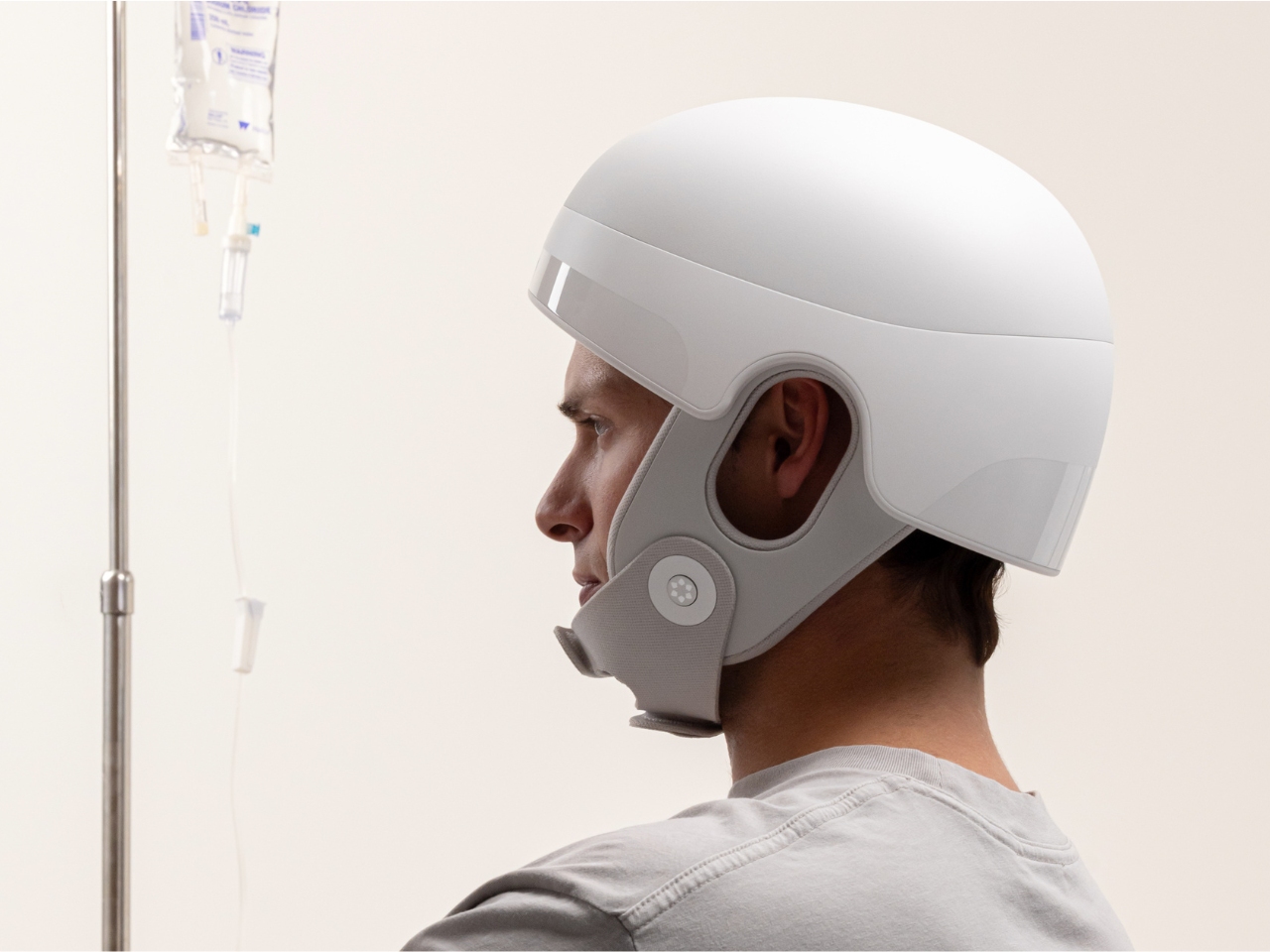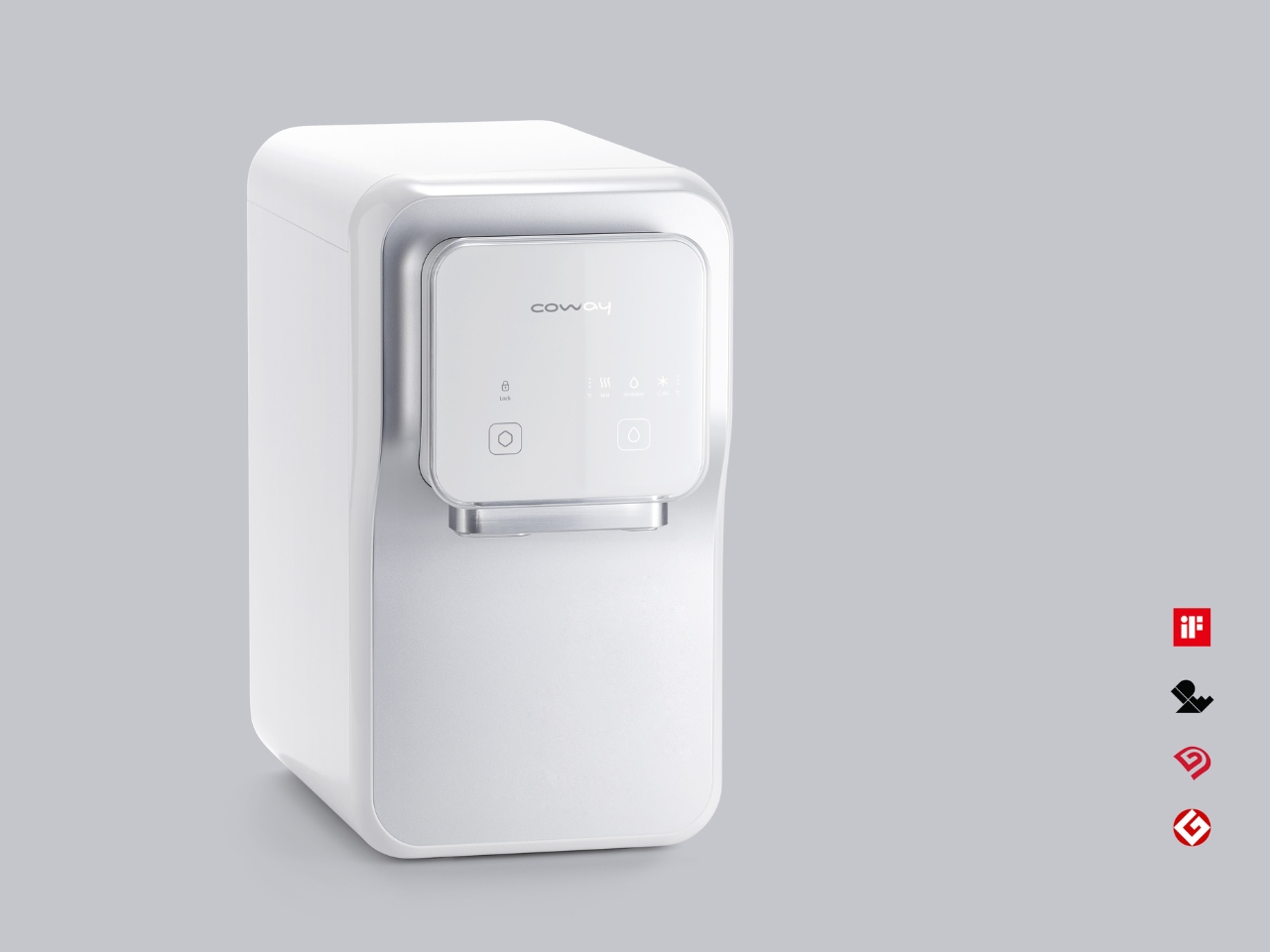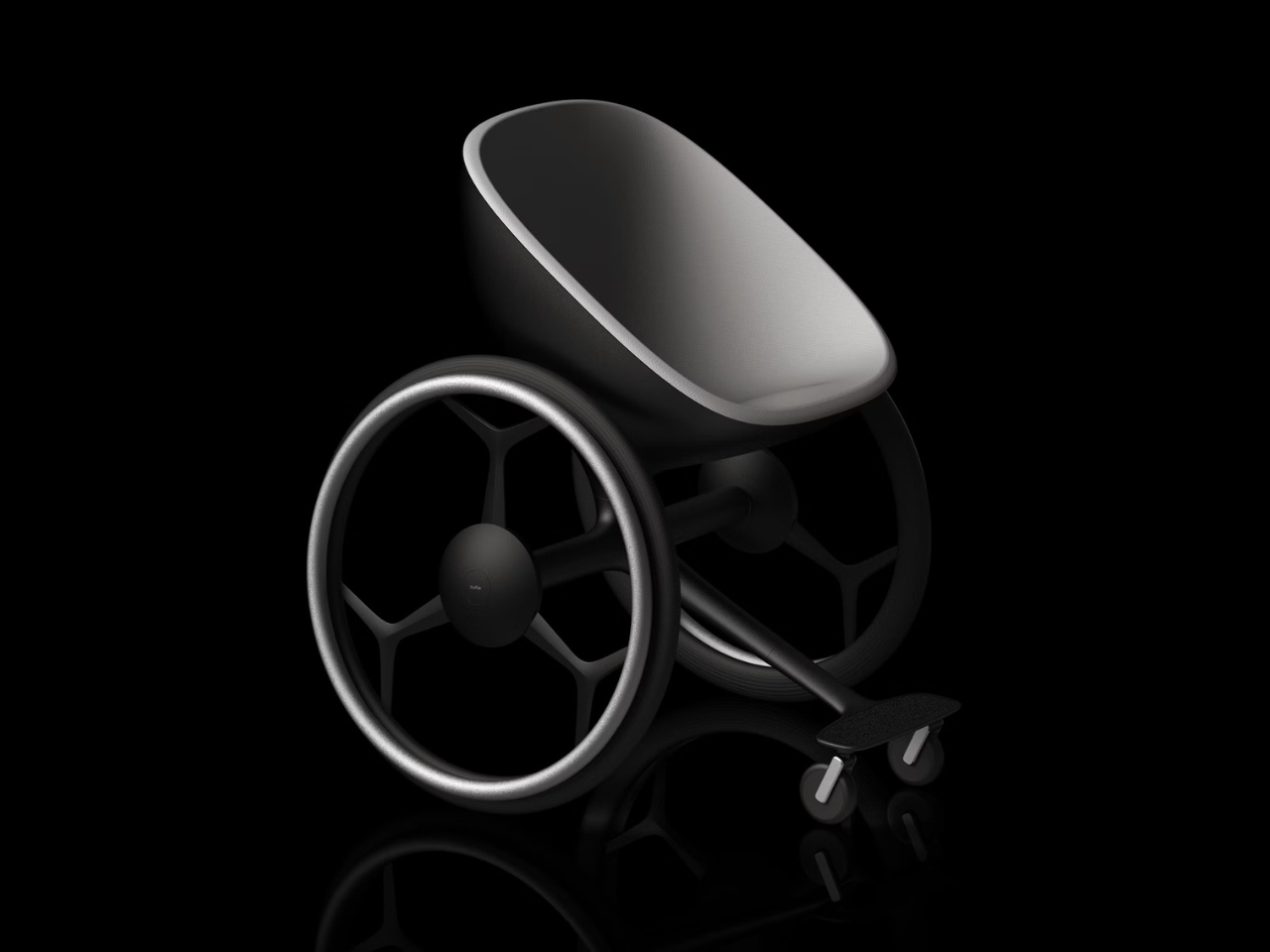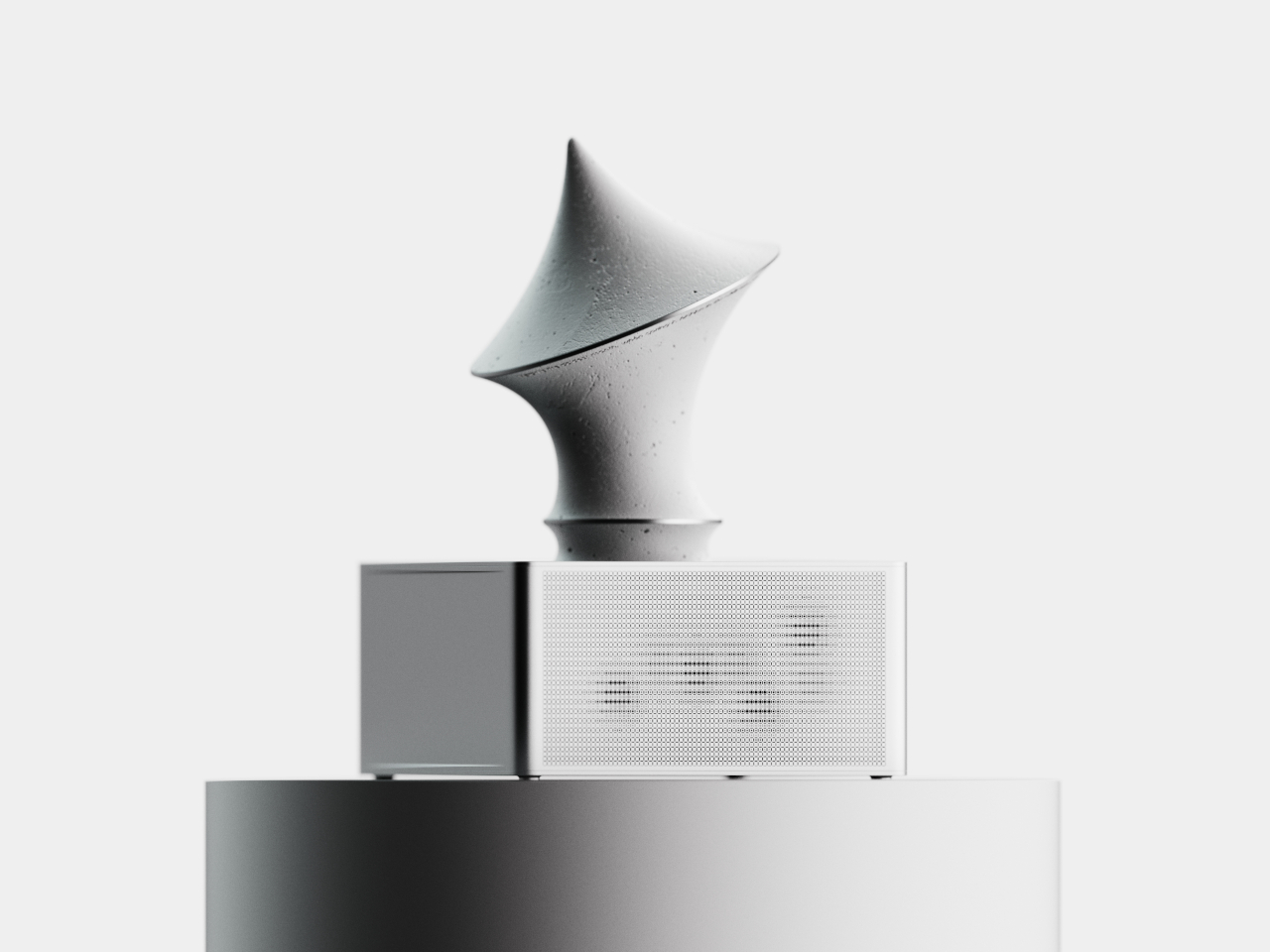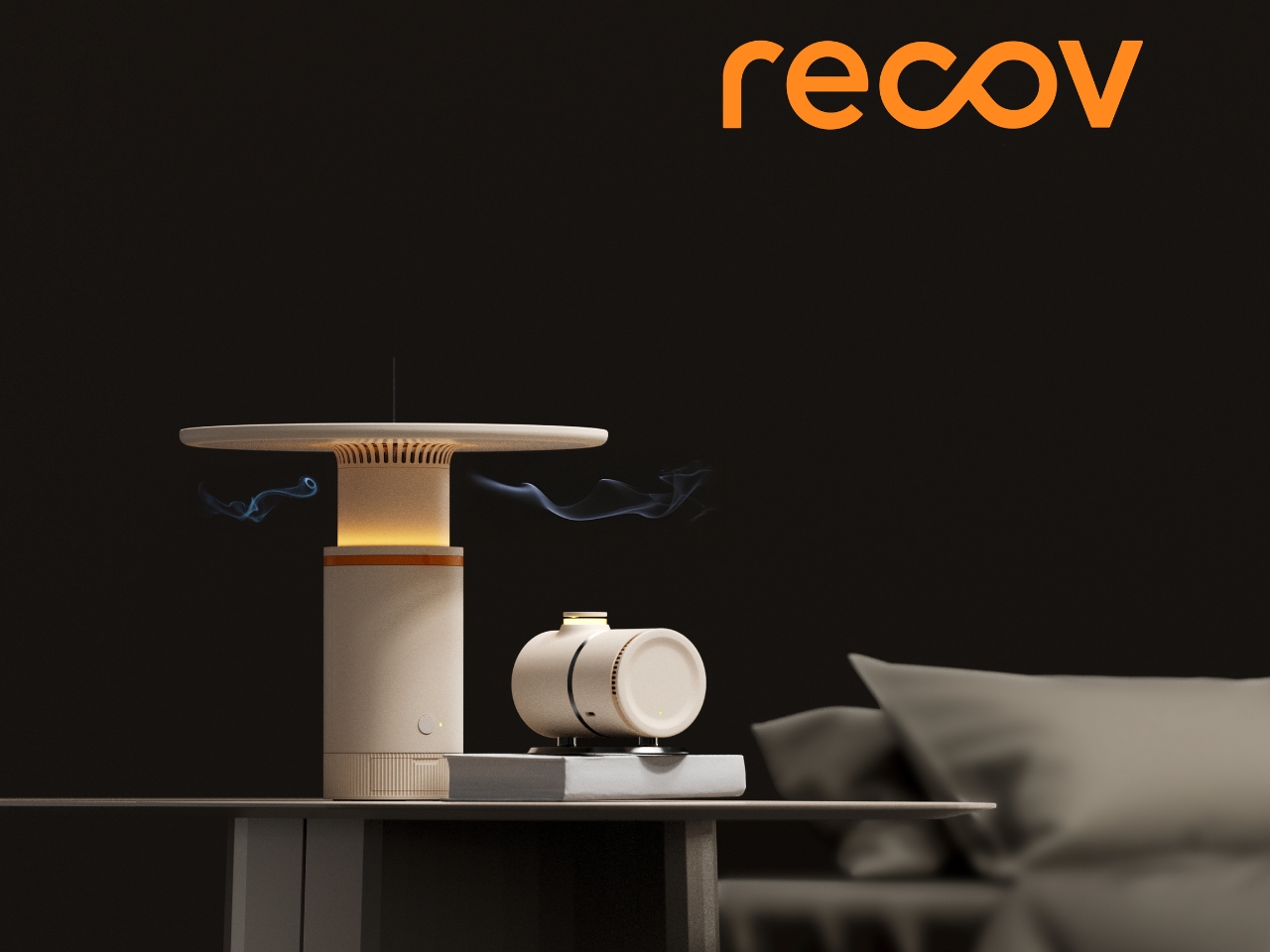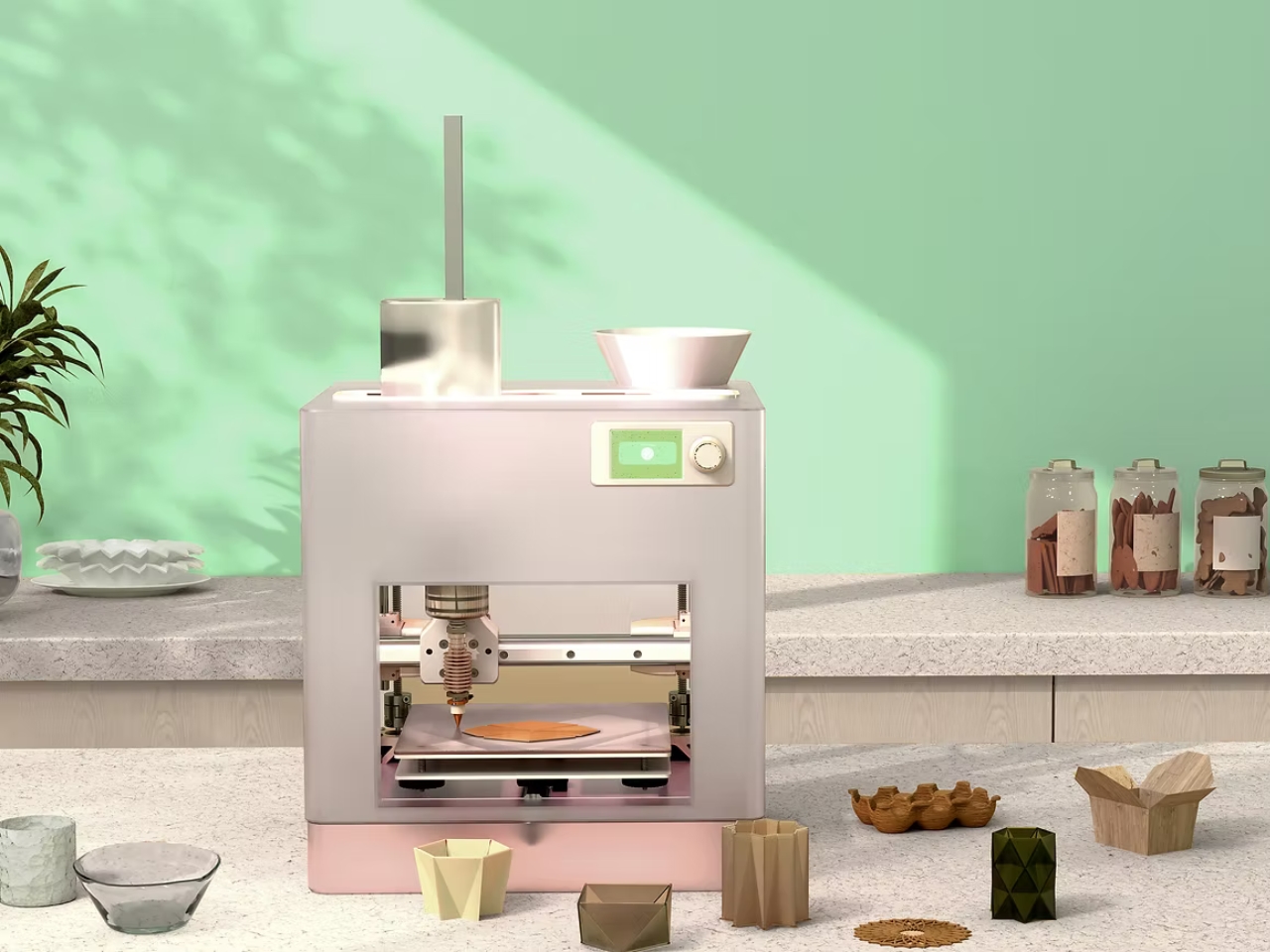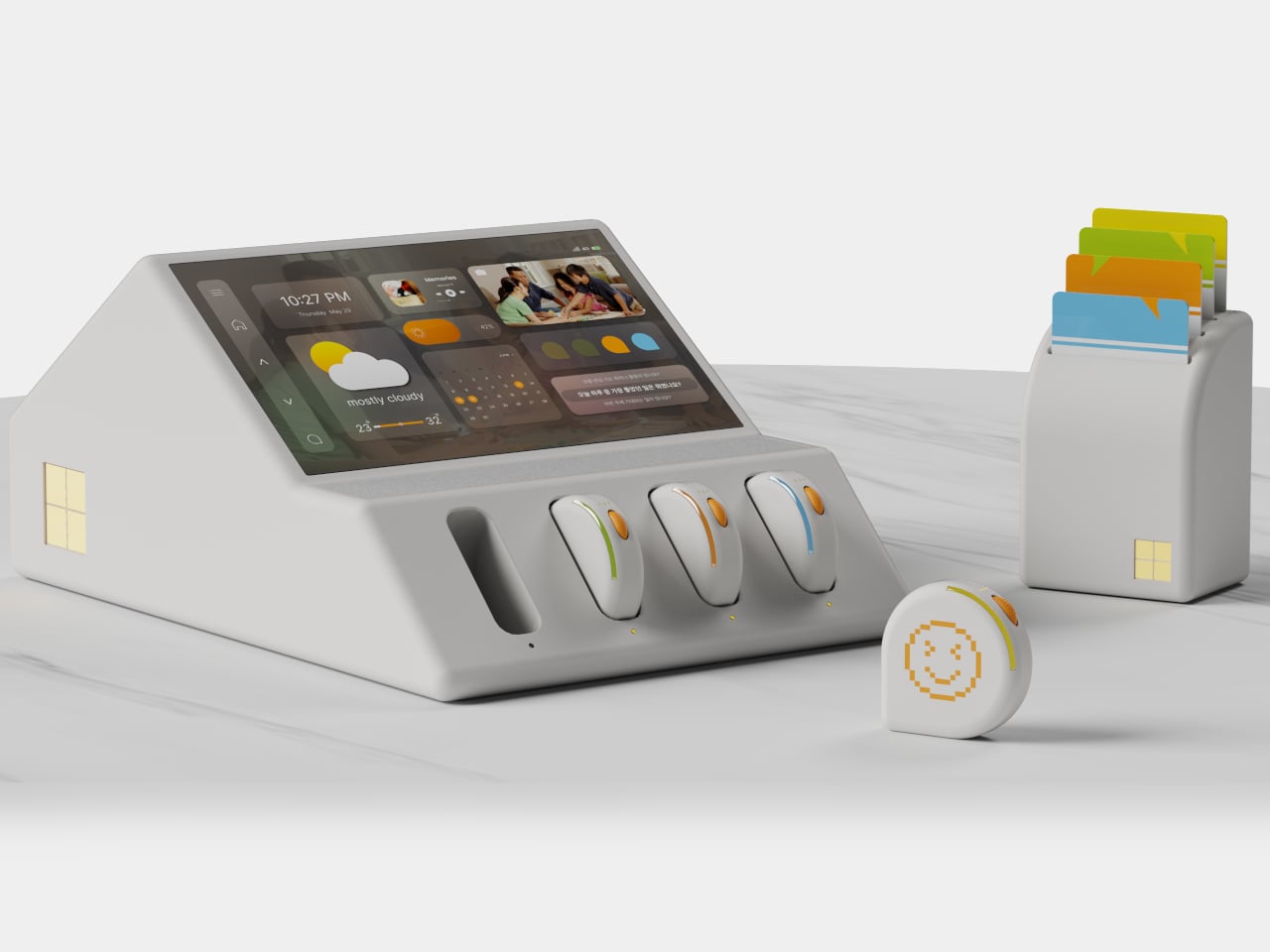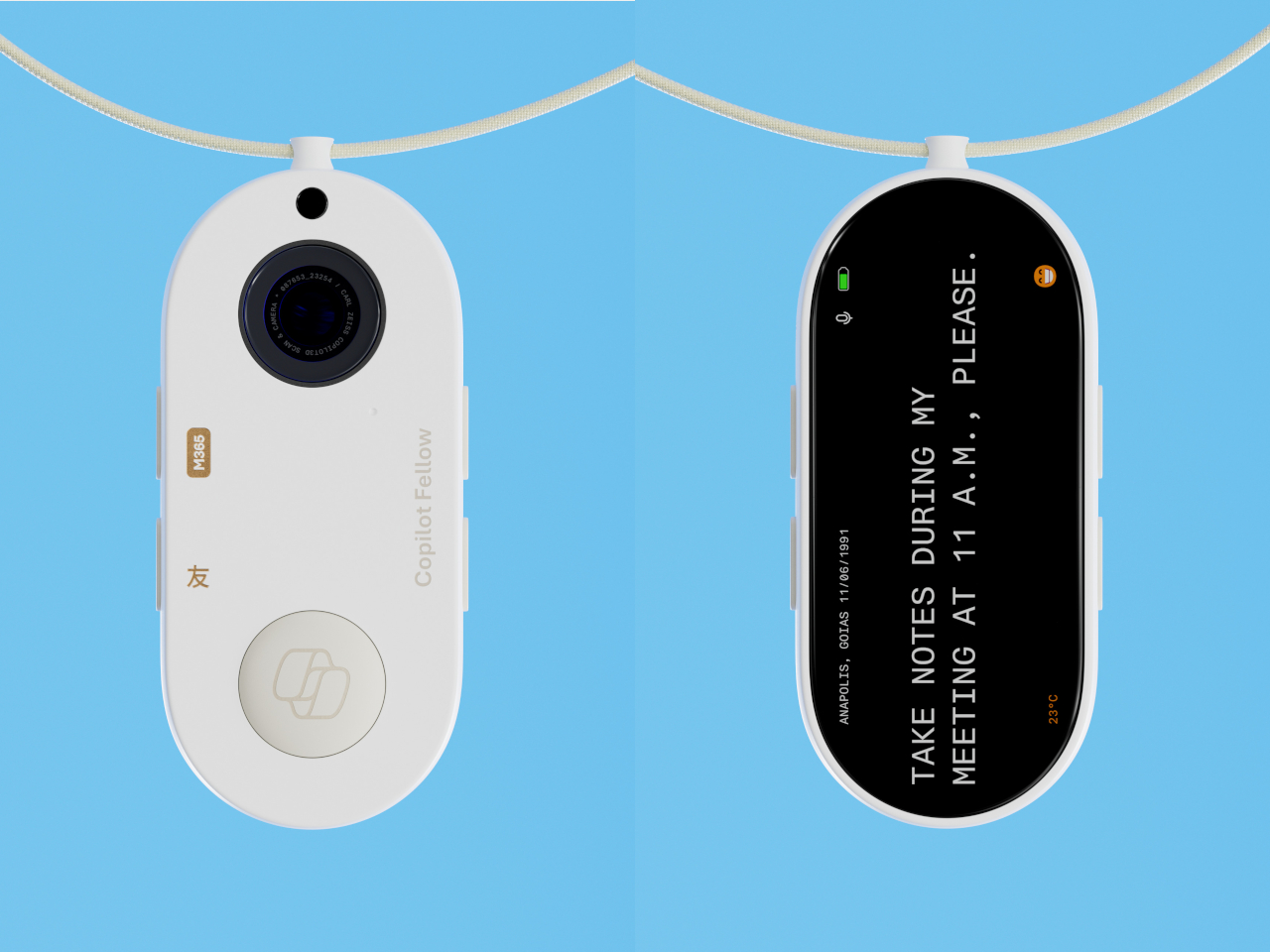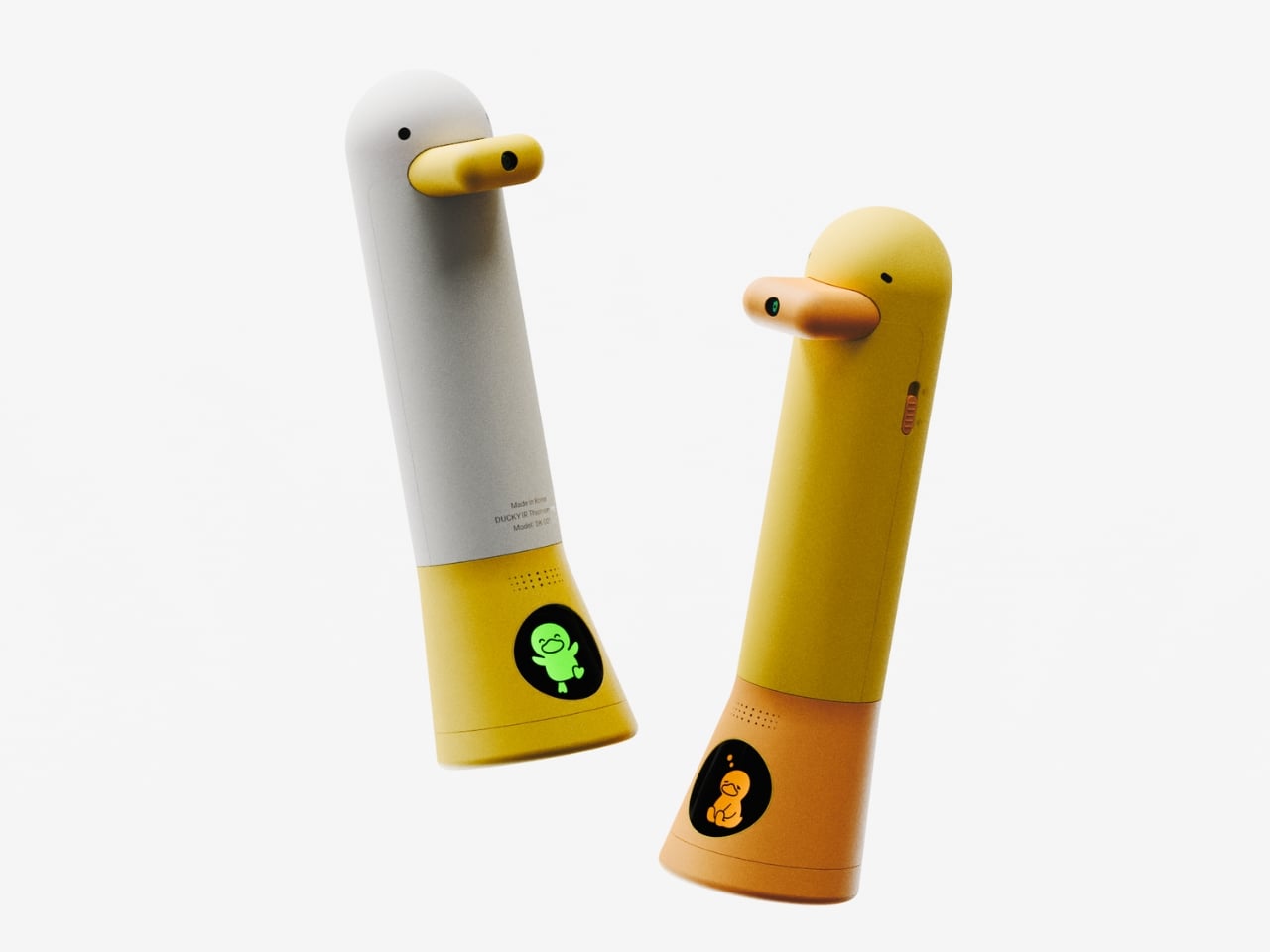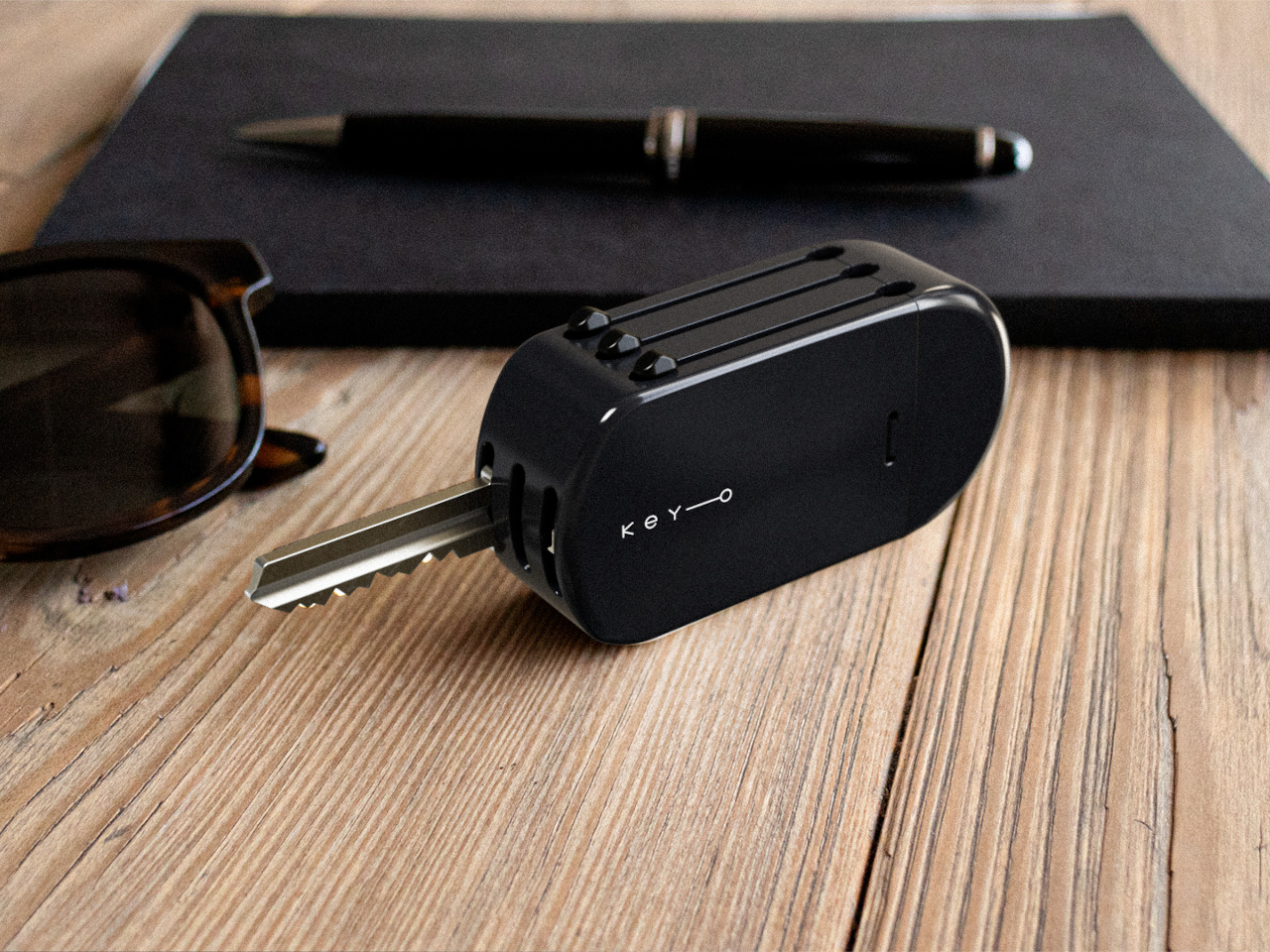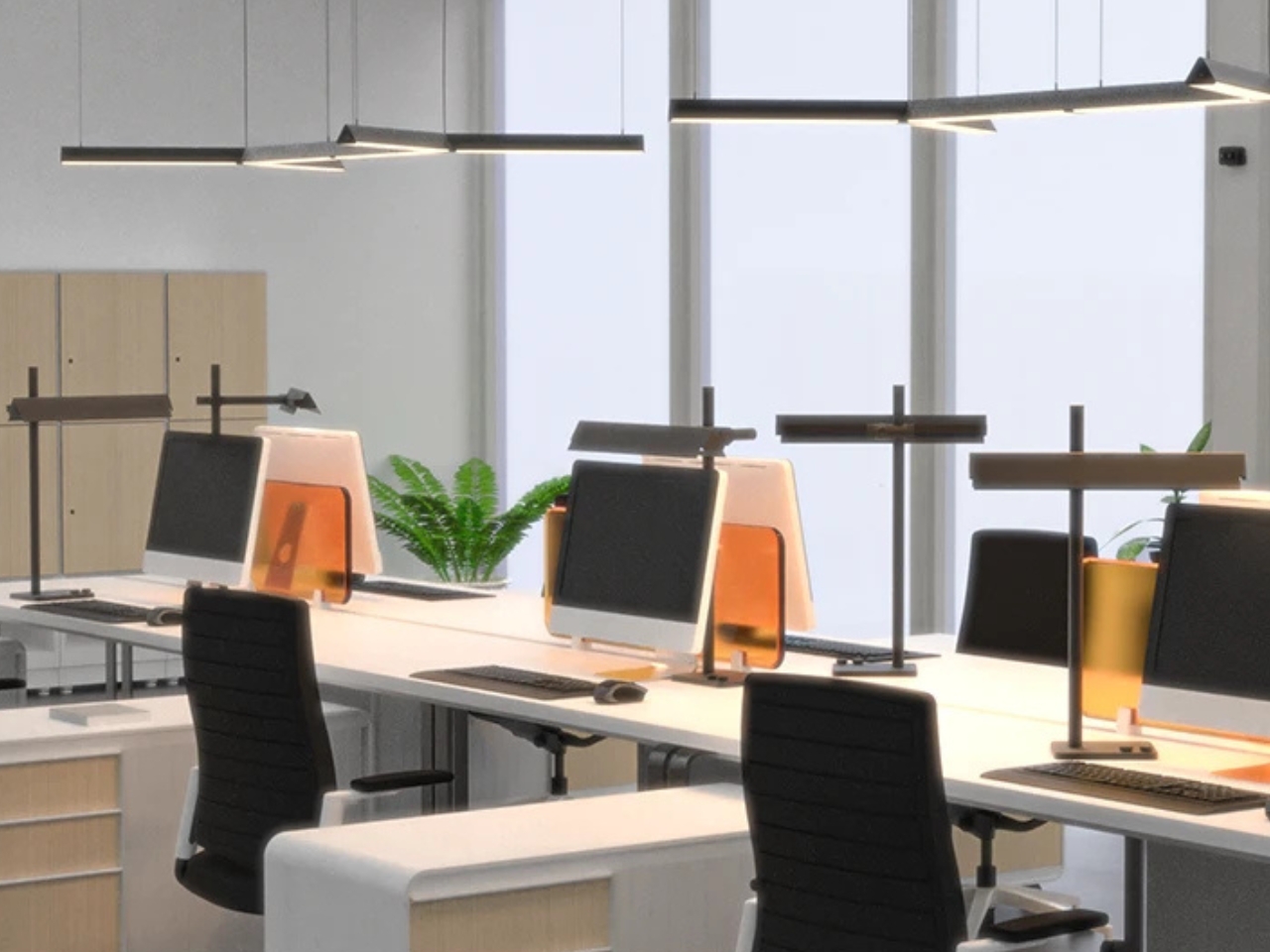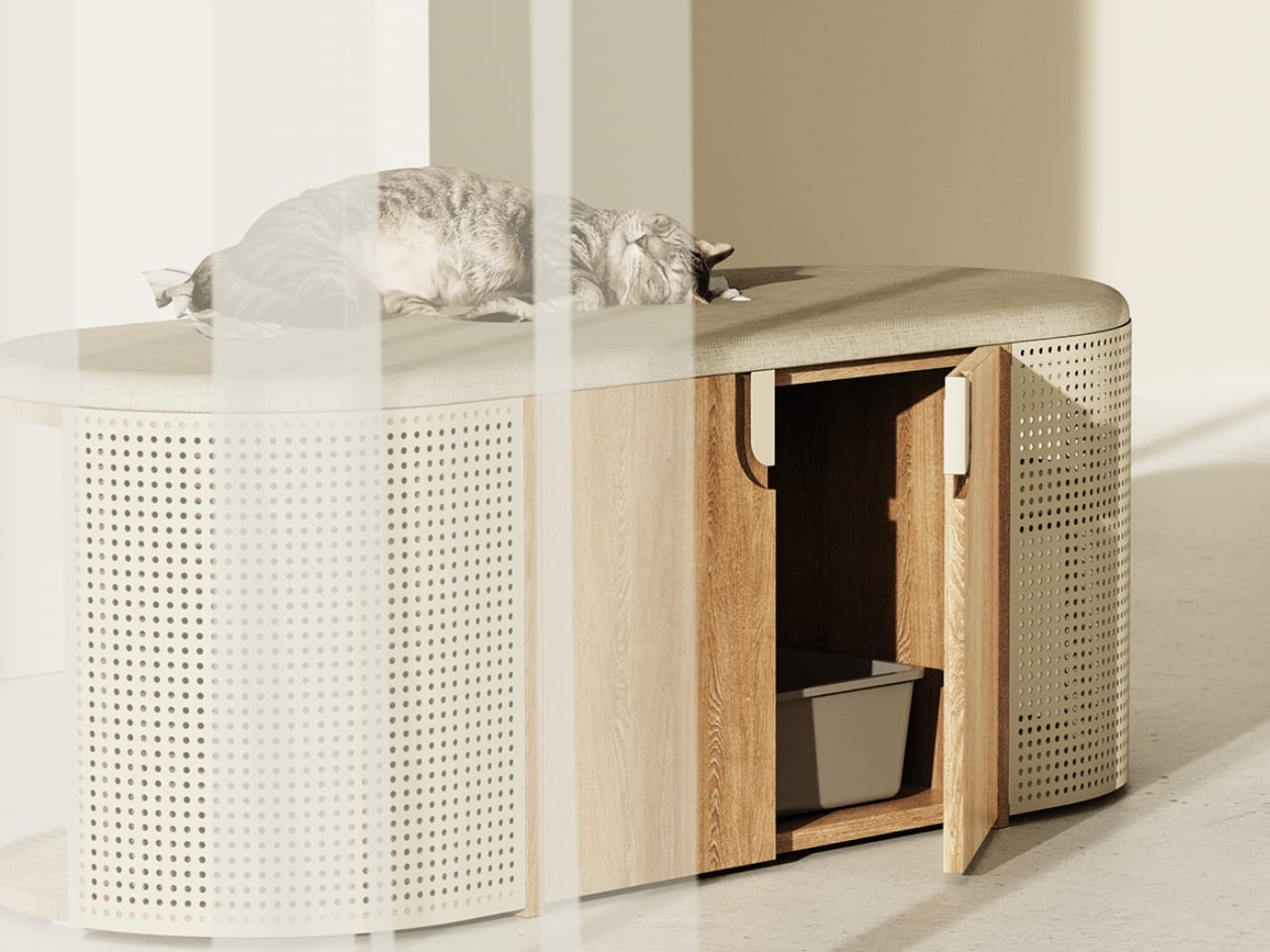SUSA is a visionary AI-powered companion device concept for ASUS
SUSA is a bold new concept in AI-powered companion devices, designed by Future Facility as a visionary project for ASUS. In a world where artificial intelligence is becoming an integral part of our daily routines, SUSA emerges as a thoughtful reimagining of what it means to live with technology that truly understands and supports its users.
Unlike typical smart speakers or digital assistants, SUSA is designed to serve as an intelligent and emotionally responsive companion. Developed as a conceptual project for ASUS, the device leverages advanced AI to learn routines, preferences, and contexts, adapting its responses to suit the individual. With SUSA, the focus isn’t just on automating tasks or providing answers but on creating a meaningful and intuitive relationship between user and device.
Designer Name: Future Facility
![]()
One of SUSA’s most innovative features is its emphasis on emotional intelligence. The device is engineered to recognize subtle cues in voice and behavior, allowing it to respond empathetically. Whether it’s offering calming support during stressful moments or celebrating your achievements, SUSA’s goal is to provide a sense of understanding and companionship that goes beyond typical digital interactions.
![]()
The physical design of SUSA reflects the same commitment to user experience. Future Facility has crafted a device that blends seamlessly into any living space, with a minimalist and inviting aesthetic. The interface relies on voice, soft lighting cues, and gentle movements, making interactions feel natural and unobtrusive. This approach ensures that SUSA is not only easy to use but also enhances the atmosphere of the home rather than detracting from it.
![]()
![]()
SUSA’s conceptual platform is also designed for openness and adaptability. It can connect with a wide range of services, manage schedules, control smart home devices, and deliver reminders, all while learning and evolving to fit a user’s unique lifestyle. Accessibility is at the forefront, with features that ensure people with different needs can benefit from SUSA’s capabilities, making technology more inclusive for everyone.
![]()
Privacy and security are fundamental to SUSA’s design. The device incorporates strong data protection measures and gives users control over their information. With capabilities for local processing, sensitive conversations and interactions can remain private, building trust between the user and their AI companion. SUSA represents a new direction for ASUS and Future Facility, showing how AI can move beyond functionality to foster genuine emotional connections. It highlights a future where technology doesn’t just work for us. It works with us, enriching our well-being and supporting us both practically and emotionally.
![]()
The post SUSA is a visionary AI-powered companion device concept for ASUS first appeared on Yanko Design.


